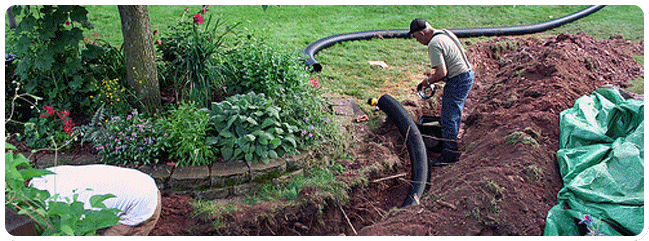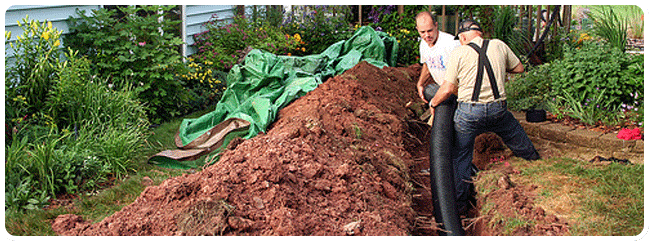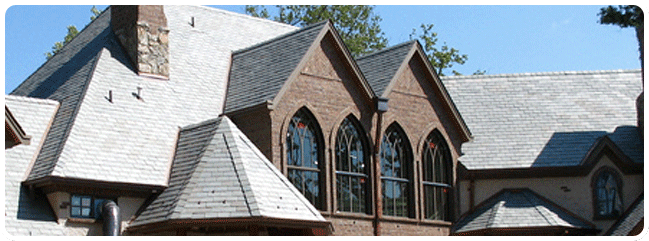Did you know that even attics need breathing space? Without a proper ventilation system, your roof might be vulnerable to several problems that could come with a hefty price tag. Avoid this by learning more about roof vents below:

Why is roof ventilation important?
Roof ventilation helps to keep the attic dry and cool, but it’s also important to maintaining a healthy environment. Normal household activities such as doing laundry, running the dishwasher and taking showers generate warm, moist air, which rises from the living space and into the attic. When the warm, moist air meets the cooler attic air, it condenses, wetting the surrounding framing members and insulation. Continuous wetting without drying can cause mold growth on the roof rafters and insulation, which can lead to respiratory problems for homeowners and eventual structural problems with the roof.
In addition, heat buildup in the attic can cause premature aging and cracking of roofing materials. In the winter, warm attic air can cause uneven snowmelt on the roof, which encourages ice damming. Ice dams form when melted snow runs down the roof to the eaves and then refreezes as icicles along the roofline. The ice expands and backs up under the shingles, exposing the roofing paper and sheathing to water. This can lead to delamination of the roof sheathing, which allows attic framing members and insulation to continuously get wet without drying. Source: HGTV
How much do you need?
Building codes generally require 1 sq. ft. of vent area for every 300 sq. ft. of attic floor. That assumes half of the vent area is high on the roof and half is low (in or near the eaves). Otherwise, doubling the vent area is required (1 per 150 sq. ft.) These are minimum requirements; there’s no such thing as too much ventilation. Source: FamilyHandyman
How to maintain adequate ventilation?
You or a professional roofer should check your roof vents annually.
– Periodically clear vent screens of dirt, leaves, dust, pollen, spider webs, bird nests, and other debris that impedes air flow.
– Repair screen rips or tears and damaged flashing.
– Check for rust or rot around the framing or flashing.
– Clear insulation from soffit vent openings. You’ll need to inspect from inside your attic. Make sure attic insulation stops clear of the under-eave area.
If you’re having problems with ice dams, mold, and damaged shingles, have a ventilation or roofing professional evaluate whether you have adequate ventilation and need to retrofit exhaust or intake vents. Source: Houselogic
Do you need help with your roof or attic’s ventilation? We’d love to help. Call us today!
Contact:
Kerrisdale Roofing & Drains Ltd.
168 W 71st Ave, Vancouver, BC V5X 4S7
(604) 360-2114



















